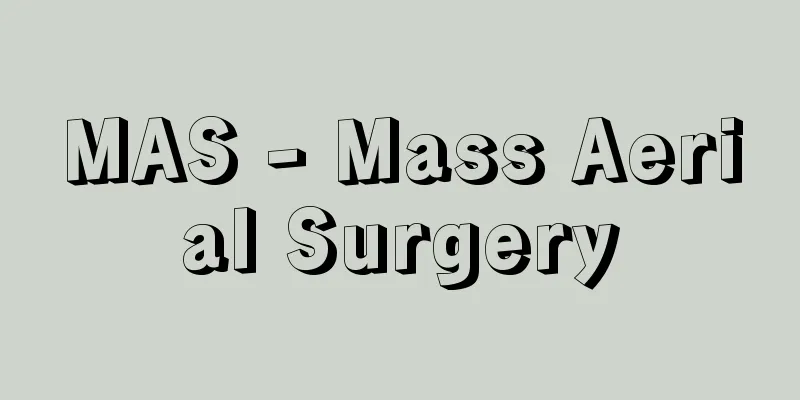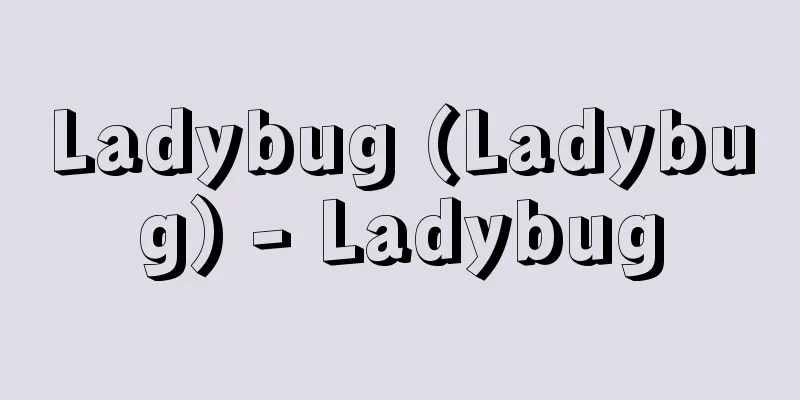Kotoba (words) - words

|
A term used in Japanese music. A musical style of vocal parts in Noh, Kōjaku, Jōruri, etc., and refers to the parts and style that are not sung in a tune. In Noh, it corresponds to fushi (blows), in Kyogen to utai (chanting), and in Gidayū mainly to jiai (ground). Even if a part is spoken in the script, the lines may be sung with a tune and a musical melody, so kotoba as a musical term is generally not synonymous with lines. However, there are cases where kotoba and lines are in fact synonymous, such as ai (intervals) in Kyogen and Noh. Source: Heibonsha World Encyclopedia, 2nd Edition Information |
|
日本音楽の用語。能楽,幸若,浄瑠璃などにおける歌声部の音楽様式のひとつで,節付けがされていない部分とその様式をいう。能ではフシ(節)に,狂言では謡(うたい)に,義太夫節では主として地合(じあい)に,それぞれ対する。台本上はセリフの部分であっても,セリフには節付けされて音楽的な旋律で演唱されるものもあるから,音楽用語としてのコトバは,一般的にはセリフと同義語ではない。ただし,狂言や能のアイ(間)などのように,コトバとセリフとが事実上同義語である場合もある。
出典 株式会社平凡社世界大百科事典 第2版について 情報 |
Recommend
Fujiwara no Hidesato - Fujiwara no Hidesato
Date of birth and death unknown. A powerful clan ...
Cécile
...He was eventually pardoned and returned to Fra...
Carrotting
…This phenomenon is called felting. For hard anim...
Mertensia
...A perennial plant of the Violaceae family that...
Romulus Augustulus
The last Western Emperor of the Roman Empire. Reig...
Sakurada - Sakurada
[1] A place where many cherry trees grow. A place ...
Noichi [town] - Noichi
An old town in Kami District, central Kochi Prefec...
Uhde, Fritz von
Born: May 22, 1848 in Borkenburg [Died] February 2...
Grape fern (English spelling)
... Himehanawarabera is sometimes called Hebinosh...
Acheilognathus tabira erythropterus
A freshwater fish of the Cyprinidae family. Body l...
Calypso (moon) - Calypso
…However, Voyager discovered or confirmed many mo...
Ethnoside
... The physical expulsion or genocide of minorit...
Customary possession
…Although it varies by country and by era, the En...
Mount Koshin
This mountain is located in Nikko City, in the we...
Artemisia lactiflora (English name) Artemisia actiflora
…[Hiroshi Aramata]. … *Some of the terminology th...









